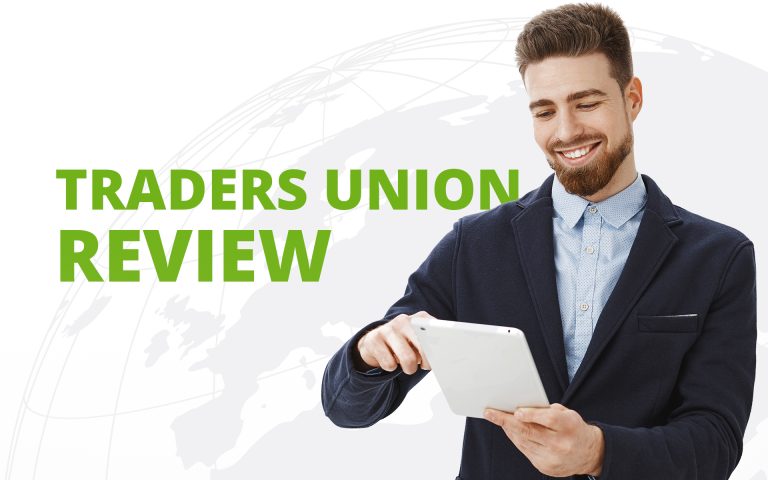A recent study revealed a shocking revelation that the time taken by internet users to form options about websites is less than one second. Websites that can offer an excellent impression to users in that short window of time will surely get more visitors when compared to other websites.
Users will continue browsing through your website if they are satisfied with the website’s look and feel. If that is not the case, most internet users will leave your website searching for a better website with similar products and services. Therefore, it is essential to look for ways to make your website trustworthy.
Why Your Website Should Be Able to Offer A Fine User Experience?
As mentioned earlier, you do not have much time to convince users to stay on your website. If website visitors are leaving your website faster, it will increase your website’s bounce rate, which will harm the SEO of the website.
Another critical point to note is that website visitors who decide to stay on your website will be judging the overall appearance of the site during the browsing session. If they are not happy with your website’s layout or content, they may leave your website, which will result in a massive loss of website traffic.
Businesses should not only focus on making their website look beautiful. Instead, they should ensure that the website looks trustworthy and is user-friendly. It is essential to show your customers that your business is trustworthy, and this is something you can do with your business website.
Why Should Your Website Be Trustworthy?
Appearing credible and trustworthy can be quite challenging for new businesses. This is mostly because these businesses will be unknown in the industry. However, as customers learn about your brand’s reputation, they will gradually start trusting your business.
You will also need to guarantee customers that your website is trustworthy. If your website is new, you should Buy SSL Certificates to ensure more excellent website visitor protection. It will provide encryption of the data exchange between the client and server browser. This will keep out MiTM attacks and data pilferage.
Internet users will not trust websites that do not offer any security to them. If there is an online shop on your website, you need to mention and guarantee that the checkout page and homepage are highly secure.
Several customers will not like the idea of entering their personal details on a website that appears to be untrustworthy.
Ways to Make Your Website Trustworthy
One of the crucial factors’ customers look for when browsing or buying products from a website is trust. If your business or ecommerce website does not have essential components to build trust among customers, your business will surely struggle.
Here are a few simple but effective ways to make your website trustworthy to customers and other internet users.
Add Trust Seals and Certificates
Trust seals or secure site seals would be familiar to you if you noticed small badges on a website or online store’s payment pages. The trust seals often reveal the sales stats or trust score of websites to give customers a clear idea of how safe and trustworthy the website or business is.
In some cases, trust seals also indicate that the website has TLS or SSL certificates. The presence of these certificates guarantees that the website is connecting over HTTPS.
It will also ensure that the data transmitted between the server and the user’s browser will be encrypted. If you don’t have trust seals and certificates on your websites, it is best to add them to your website because it will make it a lot more trustworthy.
Display Social Proof
Businesses need to maintain an active presence on popular social media platforms. The credibility and presence of a business can be easily confirmed by customers by their activities on their social media account. Internet users will be able to check the reliability of your business, customer reviews, and more.
If your business hasn’t posted anything on your social media accounts or replied to customers in the comment section, potential customers may feel that the company is not credible enough. This is why businesses should try to post regularly and engage with their customers on social media.
Build Trust in The Products Separately
Businesses must build trust in the products if they want to be successful. One of the simplest ways through which you can build confidence in products is by posting testimonials. Most customers will be skeptical about what businesses say or claim about their products.
Most customers will look for reviews and testimonials from other customers, and they are more likely to trust such testimonials. You can also post testimonials from experts, but they should be people your customers know about.
Video testimonials from customers can do wonders for businesses, which is why you can see them on most business websites that offer products and services. This is mainly because video testimonials cannot be faked, or they are hard to fake.
High-Quality Web Design
Adobe’s report revealed that internet users prefer websites with a neat and beautiful design over websites that were designed, focusing mainly on simplicity. So, you will need to ensure that your website is aesthetically pleasing to website visitors.
Websites that look stunning can create a lasting impression on customers. Excessive ads, lousy color combinations, and hard to read text may make your website look unimpressive to customers. This is why business websites should have an attractive layout, unique images, and prominent CTAs.
Trustworthy Content
Internet users who visit your website will want to find information about your products and services. The information you have posted on your website might play a vital role in customers’ buying decisions. This is why it is essential to publish high-quality and trustworthy content on your website.
Double-checking the website content for errors and making genuine claims instead of fake ones is crucial. Also, businesses should consider seeking the help of a professional copywriter to add attractive CTAs.
Provide Details About Customer Service
Several businesses make the grave mistake of not sharing details about their customer service on websites. Giving a clear idea about customer service and how customers will get in touch with the support technicians will make your website look more trustworthy.
If you share details about customer service on your business website, it helps customers realize that you will always be there to help if they have any concerns or run into any issues.
Wrapping Up
Most businesses would want customers to feel that they are doing business with a credible and reliable brand. You will be able to achieve it by building a trustworthy business website. That said, making a website that is trustworthy may seem like a challenging task. However, if you can include all the elements mentioned above on your website, you can easily make your website more trustworthy.













 Bitcoin
Bitcoin  Ethereum
Ethereum  Tether
Tether  XRP
XRP  Solana
Solana  USDC
USDC  Cardano
Cardano  TRON
TRON  Lido Staked Ether
Lido Staked Ether  Avalanche
Avalanche  Toncoin
Toncoin